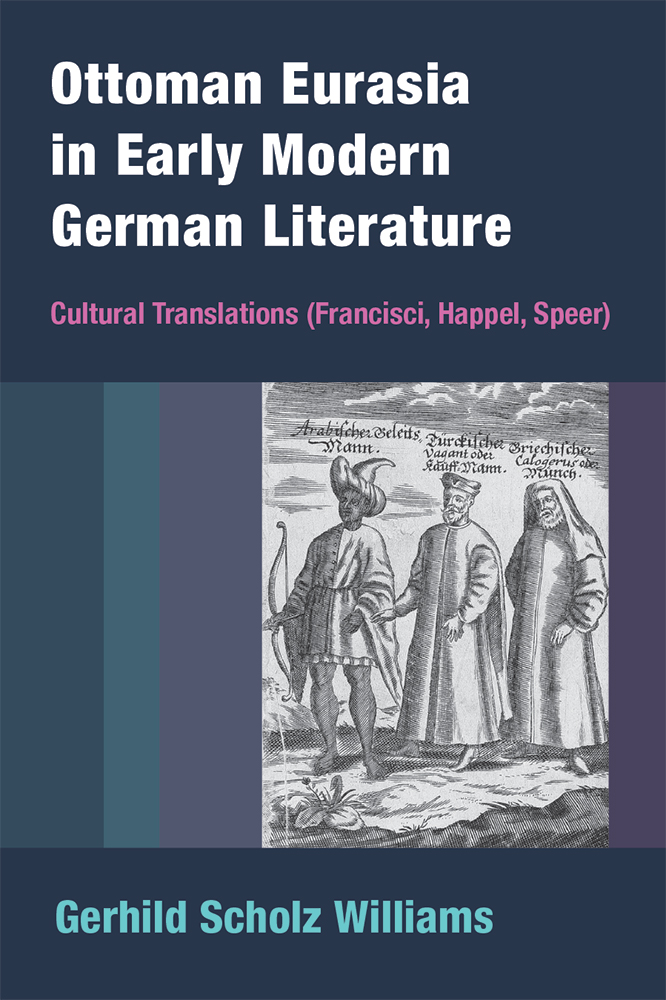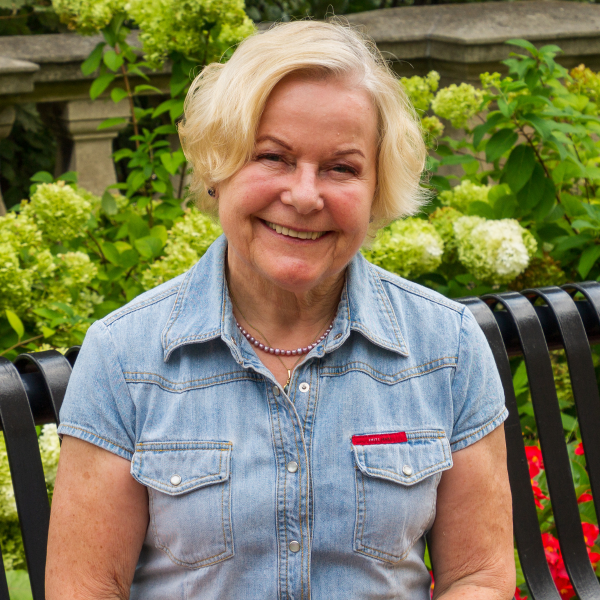Gerhild Scholz Williams discusses the influence of Ottoman power and culture on German prose texts in the 17th century.

In her latest book, Gerhild Scholz Williams, the Barbara Thomas and David M. Thomas Professor in the Humanities, offers a new perspective on the political and cultural networks that existed between Christian Europe and the Ottoman Empire. She argues that the relationship between the two civilizations was less dichotomous and contentious than previous research has suggested, pointing to cultural and commercial exchanges as sites that eroded the “us-and-them” mentality in favor of a shared collaborative spirit. Many German writers harbored literary and artistic familiarity with Ottoman Eurasia, and they illustrated how connections among diverse groups of people thrived despite language barriers and ideological differences.
Ottoman Eurasia in Early Modern German Literature (2021) examines the Ottoman-themed works of three 17th-century German authors: the Nuremberg writer Erasmus Francisci (1627–94), the Hamburg journalist-writer Eberhard Werner Happel (1647–90), and the Silesian writer and composer Daniel Speer (1636–1707). In this Q&A, Williams talks about contemporary research on Ottoman Eurasia, how literary texts can shed light on history, and the extensive knowledge of Ottoman practices and beliefs German writers demonstrated.
Where does the term “Ottoman Eurasia” originate?
Over the past few decades, Ottoman Eurasia, also called “Transottomanica” has come to encompass a geopolitical view of contacts and communication practices among the Ottoman Empire, the Holy Roman Empire, and the European States. During the 16th and 17th centuries, the Ottoman Empire achieved the peak of its power and wealth. New conquests extended its domain well into Central and Eastern Europe creating a new amalgam of rich and continuous contacts, which gave rise to political, religious, social, and economic conversations between the Ottoman and Europe. Those institutionalized dialogues, both peaceful and adversarial, are reflected in the literary and artistic productions and exchanges of the time.
Why did you decide to focus your study on the texts written by Francisci, Happel, and Speer?
These three writers were mid-seventeenth-century contemporaries who published their Ottoman-themed works with the same printing houses in Ulm and Hamburg, respectively. They knew each other’s work which they praised, cited, and, in case of Speer and Happel, used as a template for satirizing the Ottoman.
 How do their texts directly challenge the narrative that has historically prevailed in describing relations between Vienna and Constantinople?
How do their texts directly challenge the narrative that has historically prevailed in describing relations between Vienna and Constantinople?
The three authors show a deep knowledge of Ottoman culture and history. This is reflected in the way they report about contacts with the Ottoman across Eurasia in their factual and fictional writings, in novels, conversations, and reports. This knowledge frequently moves past the “us vs. them” divide toward a mutual understanding and appreciation, even affection echoed in their writings.
What role did print media have on the formulation and dissemination of their texts?
Since the invention of newspapers as we know them (regular, reliable, and speedy news distribution) in 1609 in Wolfenbüttel, Germany, news found their way into many early modern narratives. Happel announced his historical novels by the news of the year they were to treat. Contemporary events appeared in the narratives of all three writers, often with a specificity derived from the information available to them from news reports. Furthermore, both Happel and Francisci published collections gathered from previously employed materials after announcing where and when they could be found. Since the 17th century was roiled by interminable wars that brought destruction, hunger, and pestilence, the increasingly literate public was eager to receive news that would help people to gauge troop movements, danger of occupation, etc.
Who do you envision as the audience for your book?
Specialists in early modern literature and history who are interested in the presence of the Ottoman in the texts of the time, students who are being introduced to the period, and the interested general reader.




